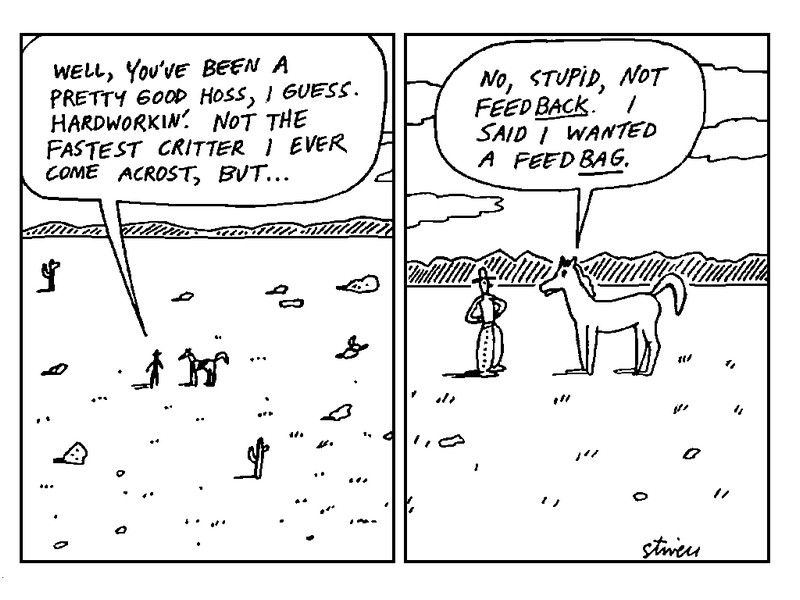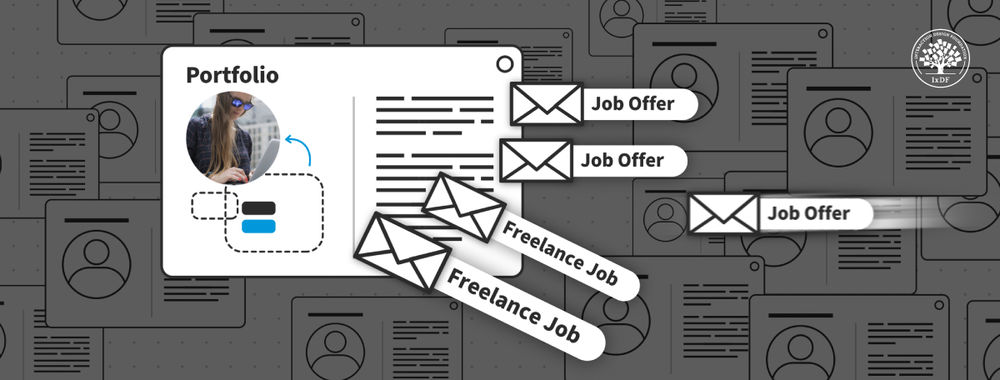Welcome back to the part of our series designed to help you enhance the user experience through the use of credible content. The rest of the series, and the final part when it is published tomorrow, may be found under the UX Daily tab on our website.
Today, we’re going to look at a critical issue – how to handle customer feedback in public spaces.
A Cautionary Tale
I live in a small community. There are, perhaps, 2,000 expats and 80,000 locals which make up the core of our town. There are also perhaps 2-3 times, our combined numbers, of tourists heading through town at any time.
Recently one of my fellow expatriates ate out at a local restaurant. He wasn’t impressed with the burger he’d received. He said so in a Facebook forum. What happened next was one of the silliest things I’ve ever seen from a business.
Instead of acknowledging his complaint and trying to handle it positively. The business launched an attack on the individual involved. They criticized his temerity for not liking their burgers publicly. They cast angry aspersions on his character. Then their friends joined in and this group of ten became nastier and more obnoxious. I think, they though they’d “won” this interaction when the complainer finally shut up.

Author/Copyright holder: Tom Whitwell. Copyright terms and licence: CC BY-NC 2.
They didn’t win. They lost. This exchange was conducted in front of an audience of more than 6,000 people. Most of that audience reads what is said on the platform but otherwise never gets involved with it. That the best part of 6,000 people who saw a bullying, belittling response to a minor complaint. How many do you think would go onto be customers in the future?
Handling Feedback the Right Way
The easiest way to handle feedback – both positive and negative – is to thank the person for their feedback. That’s right even if you think they’re being a colossal ass – you say thank you. Why? Because it shows that you care about your customers and it shows you care about your business’s image.

Author/Copyright holder: Karl Horton. Copyright terms and licence: CC BY-SA 2.0
Then, if the feedback is negative, offer to make things right – if it’s within your power. The burger business would have been much better off saying; “Hi, thank you for your feedback. We’re sorry you felt that our burger didn’t live up to our usually high standards. Why not drop in and ask to speak to XXXXX our manager and we’ll give you another one free so that you can see that’s not how things are normally?”
That $5 burger would then have become an awesome advert for their business. They’d have established credibility in front of their potential audience. And it’s unlikely that the person complaining would have done anything other than thanked them and eaten the burger and never spoken of it again.

Author/Copyright holder: brandon schauer. Copyright terms and licence: CC BY-SA 2.0
If you can’t deal with an issue because it’s too complex – ask the person to contact you so you can resolve the problem outside of a public forum. Tell them their business matters and you want to help. That’s what other people will remember in the future.
Handle feedback professionally and you will always project a good image of your company.
Header Image: Author/Copyright holder: Knowledge Train Limited.Copyright terms and licence: All rights reserved. Img












